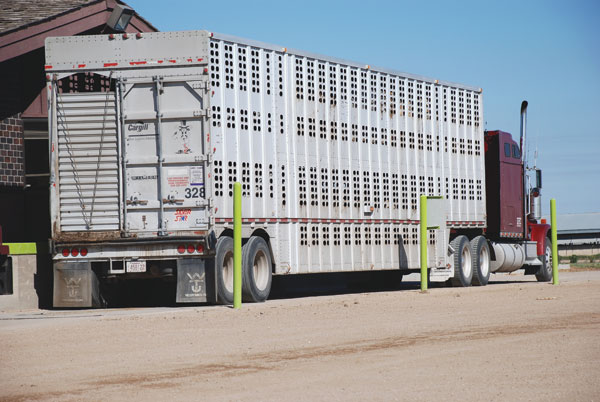“Though cattle and beef prices are expected to trend lower over the coming months, that trend will not be pronounced and markets are expected to behave much more seasonally,” Peel says.
March 5, 2016

Maybe, just maybe, the gut-wrenching volatility defining so much of the past couple of years is losing some steam.
“There are a number of indications cattle markets may be returning to somewhat more typical behavior,” says Derrell Peel, Extension livestock marketing specialist at Oklahoma State University, in his weekly market comments.
For one thing, he explains feedlot margins are finally improving enough that positive returns are in sight.
For another, Peel explains value of gain has recently begun reflecting more closely feedlot cost of gain once again.
“The value of gain calculates to the range of 70-80 cents per pound. This suggests that feedlots are pricing feeder cattle in a manner that reflects equilibrium across weights,” Peel says. “This is the first time in many months that the value of gain in feeder prices is consistent with broader cattle market conditions.”
On the other side of the ledger, Peel points to more typical patterns in the wholesale beef market.
“So far in 2016, middle meats are advancing or holding value relative to weaker end meats,” Peel explains. “This long-term tendency for middle meats to be the strongest part of carcass value has been reversed much of the time in recent years, going all the way back to the recession in 2009. Retail beef prices peaked in mid-2015 and are working lower as beef production begins to grow.”
Subsequently, Peel says the ratio of the retail beef price to that of pork and poultry has begun adjusting to more typical levels.
As much as anything, Peel says increasingly seasonal behavior is the most obvious sign of returning, relative market stability.
“Dramatic price trends, both up and down, over the past couple of years have overshadowed seasonal market tendencies,” Peel explains. “Though cattle and beef prices are expected to trend lower over the coming months, that trend will not be pronounced and markets are expected to behave much more seasonally.”
With seasonality in mind, Andrew P. Griffith, agricultural economist at the University of Tennessee, pointed out in his market comments last week that the typical peak in cull cow prices is on the horizon.
“Slaughter cow prices tend to peak in May or early June, which is when many producers get busy with hay and crop work, but the operation may benefit more with timely marketing of cows,” Griffith says. “These cows make up 15-20% of the revenue in a cow-calf operation.”
You might also like:
Breathtaking photos of winter on the ranch
70 photos showcase generations working together on ranch
2016 market outlook: Here's what to expect
About the Author(s)
You May Also Like





